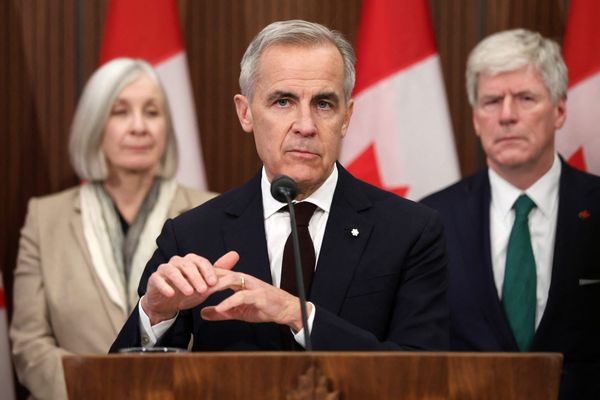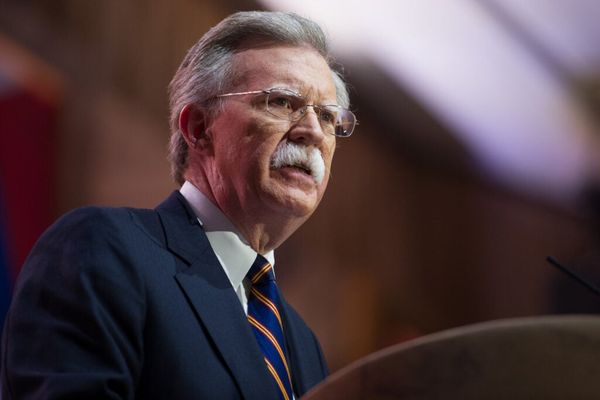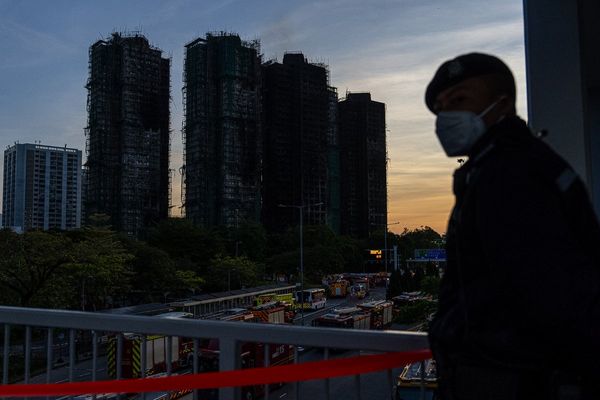
A spike in producer prices introduced a "note of unease" into the Federal Reserve's outlook, according to Chicago Fed President Austan Goolsbee.
The inflation surprise was concentrated in areas unlikely to be affected by tariffs.
- QQQ ETF is moving fast. Check the chart here.
"The first two of the four inflation reports came in quite mild, and we were feeling good," Goolsbee said Friday in an interview with CNBC.
But the last CPI and now this PPI — with inflation kicking up in categories that are not obviously going to be transitory — represented an “area of concern,” according to Goolsbee.
“I feel like we still need another [good] one, at least to figure out if we’re still on the golden path,” he added.
How July’s CPI And PPI Numbers Stacked Up
Headline CPI rose 0.2% month over month in July, in line with expectations and down from 0.3% in June. The year-over-year CPI held steady at 2.7%, just shy of the 2.8% forecast.
But core CPI — which excludes food and energy — remained stubborn. It climbed 0.3% on the month, matching consensus but edging higher from June’s 0.2%. On an annual basis, core CPI ticked up to 3.1% from 2.9%, exceeding the 3.0% estimate.
Then came the real shocker: Producer Price Index (PPI) data on Thursday showed a 0.9% monthly jump, smashing the 0.2% forecast and marking the biggest gain since June 2022.
Core PPI also surged 0.9%, the highest since March 2022, while the year-over-year rate accelerated to 3.7% from 2.6%, sharply above the 2.9% forecast.
The biggest concern, Goolsbee said, is services inflation, which showed an unusual jump in July.
"Very high services inflation in that new data — that makes me a little uneasy, because that's very unlikely to be caused by tariffs," he said. “I’m hoping it was a blip.”
Goolsbee: ‘That's The Unease Scenario’
Reacting to Thursday’s data which showed a stronger-than-expected increase in import prices last month, Goolsbee warned of a troubling mix of rising input costs and added trade barriers.
"If foreign exporters to the United States are absorbing the cost, those prices should be going down. If those prices go up and then you add the tariffs on top of it, that's the unease scenario where costs are going up."
The Fed must now grapple with how long these price pressures could last: "Let's not overreact to one month,” he added.
Goolsbee said the current setup — rising prices and potential labor market weakness — represents one of the toughest challenges for a central bank.
He described tariffs as having a "heavy stagflationary component.” While the Fed can't fix supply constraints, it can try to avoid second-order impacts, he added.
"The Fed can't pump oil… but it can try to prevent the secondary impacts, which could be wage-price spirals."
Goolsbee Keeps Options Open For September Meeting
Despite the inflation rebound, Goolsbee is not ruling out upcoming interest rate cuts — but stressed the need for more data.
"I don't want to tie my hands before a meeting," he said.
"If we keep getting inflation reports like the ones we had the first two of these four… I would be very comfortable that we’re still on the golden path.”
Now Read:
Image: Shutterstock







